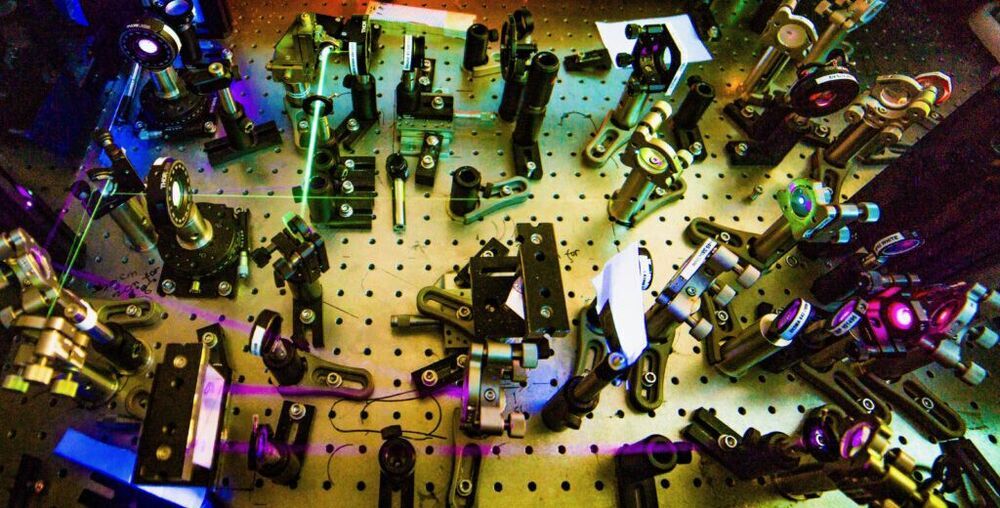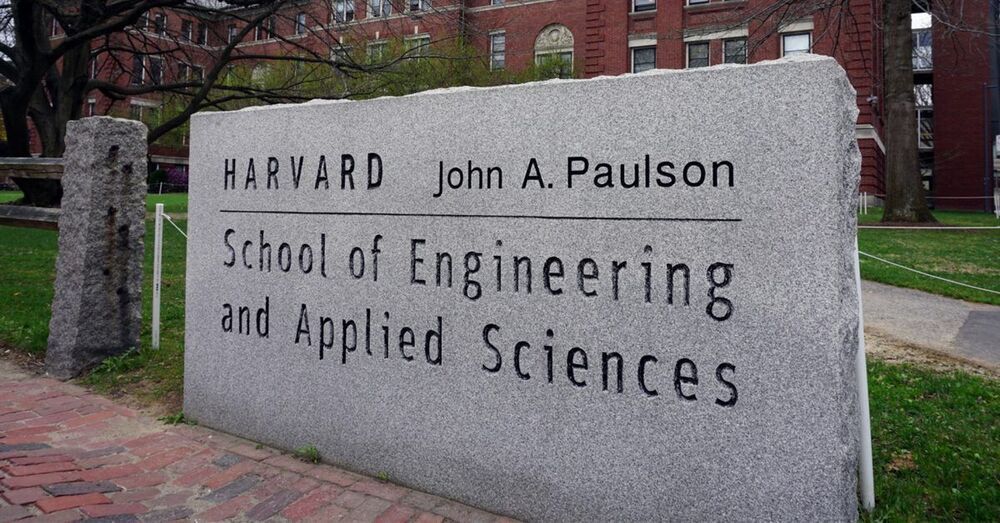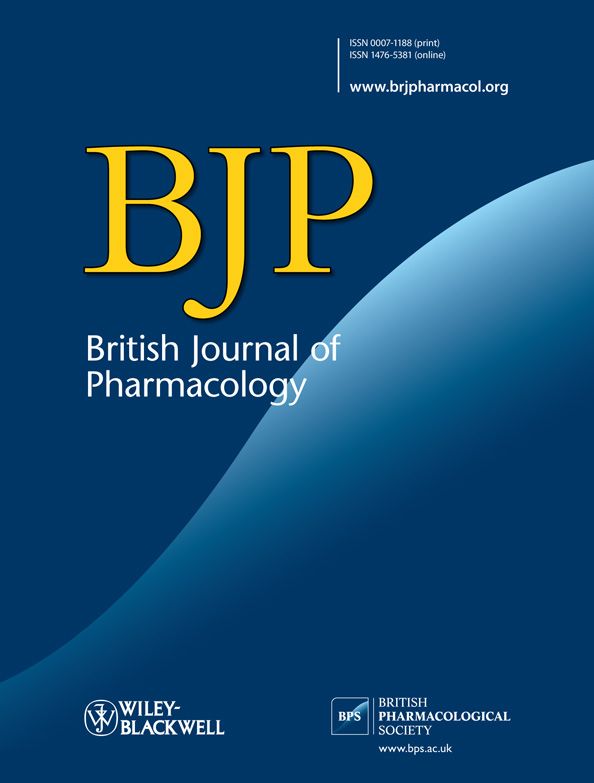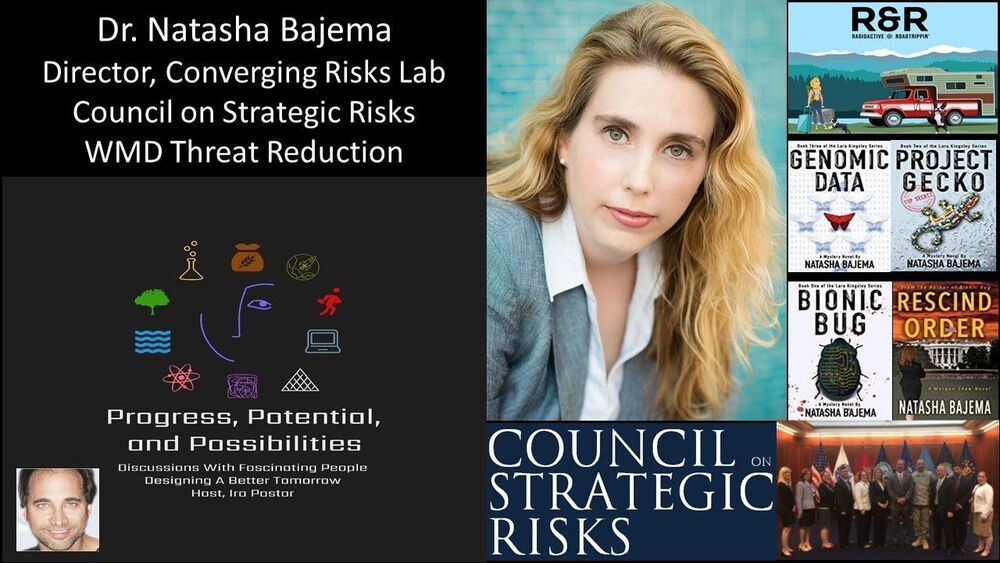May 14, 2021
Researchers trace path of light in photosynthesis
Posted by Saúl Morales Rodriguéz in categories: energy, food
Three billion years ago, light first zipped through chlorophyll within tiny reaction centers, the first step plants and photosynthetic bacteria take to convert light into food.
Heliobacteria, a type of bacteria that uses photosynthesis to generate energy, has reaction centers thought to be similar to those of the common ancestors for all photosynthetic organisms. Now, a University of Michigan team has determined the first steps in converting light into energy for this bacterium.
“Our study highlights the different ways in which nature has made use of the basic reaction center architecture that emerged over 3 billion years ago,” said lead author and U-M physicist Jennifer Ogilvie. “We want to ultimately understand how energy moves through the system and ends up creating what we call the ‘charge-separated state.’ This state is the battery that drives the engine of photosynthesis.”

















